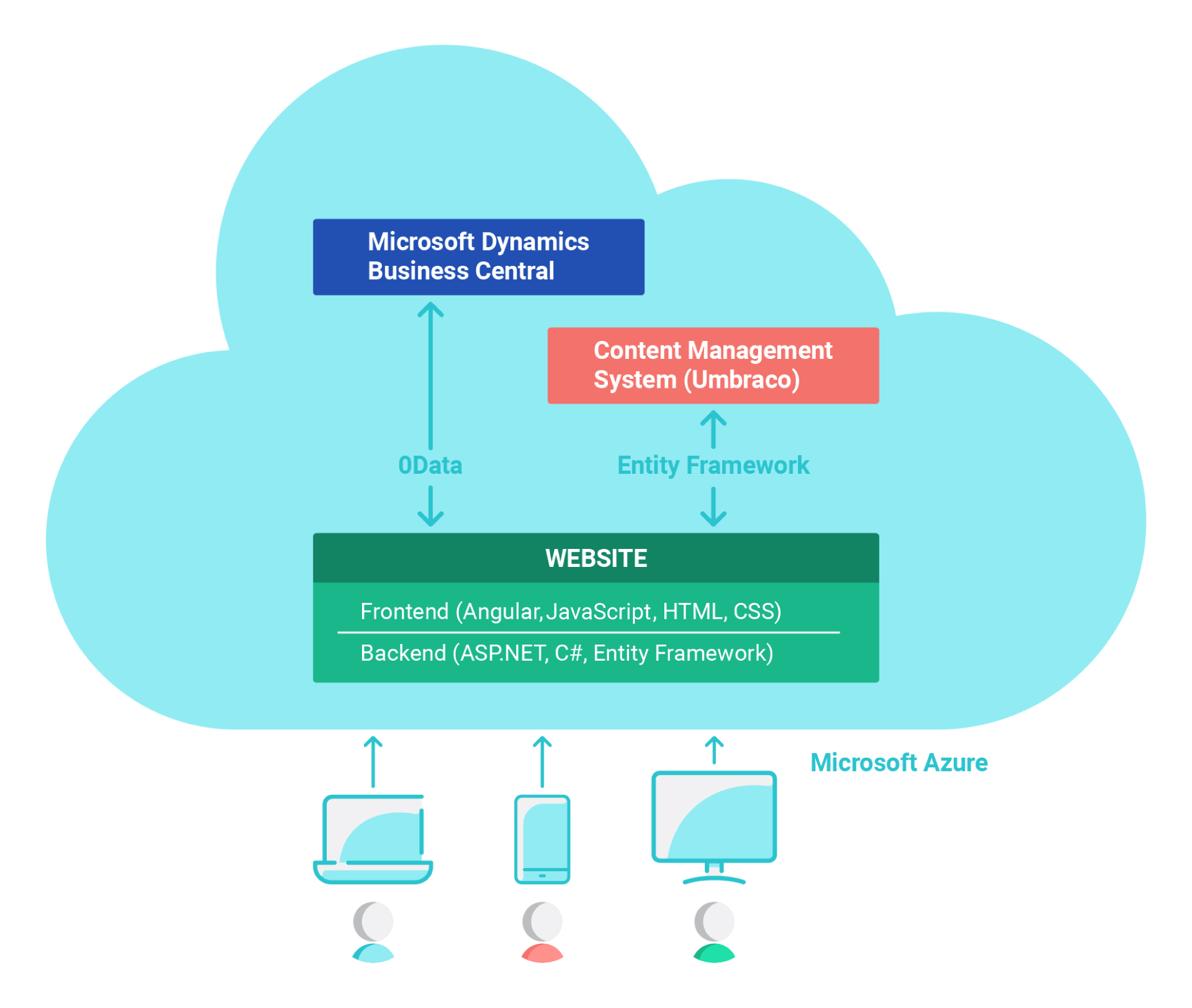

- #Hosted microsoft dynamics how to
- #Hosted microsoft dynamics download
- #Hosted microsoft dynamics windows
I now have a Windows Azure Webpage that displays a Windows Live Id screen to log in. I have read (Microsoft Dynamics CRM Online with a Windows Azure Hosted Webpage) and also followed the instructions on (Secure Windows Azure Web Role ASP.NET Web Application Using Access Control Service v2.0) Copy-Item “$(Pipeline.Workspace)\NuGets\.\ref\net40\ApplicationSuite\bin\.BusinessLogic.dll” “$(Pipeline.Workspace)\NuGets\.Platform.I am trying to use Microsoft Dynamics CRM Online where Windows Azure hosts a custom webpage that is displayed in an IFRAME of the Microsoft Dynamics CRM web application.If you´re getting the following error during compile of reports: “System.IO.FileNotFoundException: Business Logic assembly not found at location …\NuGets\.Platform.CompilerPackage\.BusinessLogic.dll” you can add the following PowerShell to your build definition after the install/restore of the NuGet packages.If you´re running into the error “Response status 503 – service unavailable” when pushing to Azure DevOps artifacts please check the post from Johan Persson for a solution.Now your feed should look like the one, you can find in the banner of this post and you can go on with configuration of you pipeline as described on, using the examples you can find here: nuget.exe push -Source “” -ApiKey AzureDevOps.nuget.exe push -Source “” -ApiKey AzureDevOps .10.0.464.13.nupkg.nuget.exe push -Source “” -ApiKey AzureDevOps .platform.nuget.exe sources Add -Name “” -Source “”.Now you can use the following commands to publish the downloaded packages to the created feed:
#Hosted microsoft dynamics download
To handle the authentication of the Nuget command line tool, you should download the Azure Artifacts Credential Provider and put it into the folder %UserProfile%/.nuget/plugins. The next step is to download the latest version of the Nuget command line tool and put it e.g. To push the previously downloaded packages to the new feed you have to click on “Connect to feed”, select nuget.exe and copy the settings for your nfig. Now you got the target feed where you can push the NuGet packages to. In the “Create new feed” dialog specify a name e.

To do this, navigate to Artifacts and create a new feed. To upload those packages you first have to create a package feed in your Azure DevOps account. After this step you should have the following files (The version reflects 10.0.11 PEAP): The setup, of the rest of the process, you will find under the mentioned link on .įirst you need to download the three NuGet packages from the (PEAP) LCS project to your laptop or development VM.
#Hosted microsoft dynamics how to
In this post I want to give some additional guides on how to setup the hosted build automation especially on how to upload the NuGet packages to your Azure DevOps account. The link guides you to the documentation, written by the PM of the feature Joris de Gruyter. In the next few days the content behind the following link will light up:

Now that hosted build automation has reached the PEAP stage, I´m able to provide more details on the setup and how to use. Since my last post about hosted build automation for Microsoft Dynamics 365 for Finance and Operation, more than 5 months have passed.


 0 kommentar(er)
0 kommentar(er)
